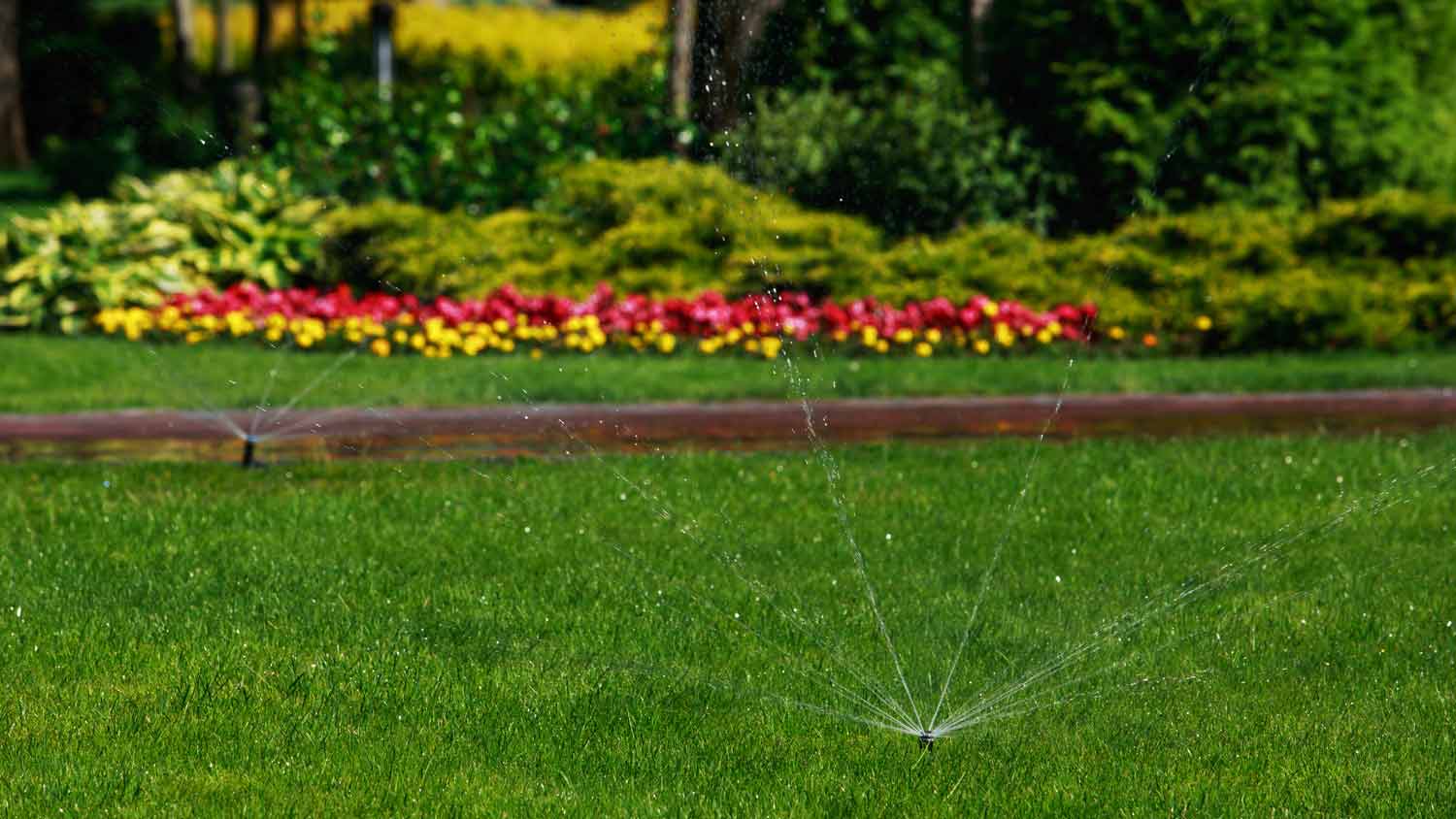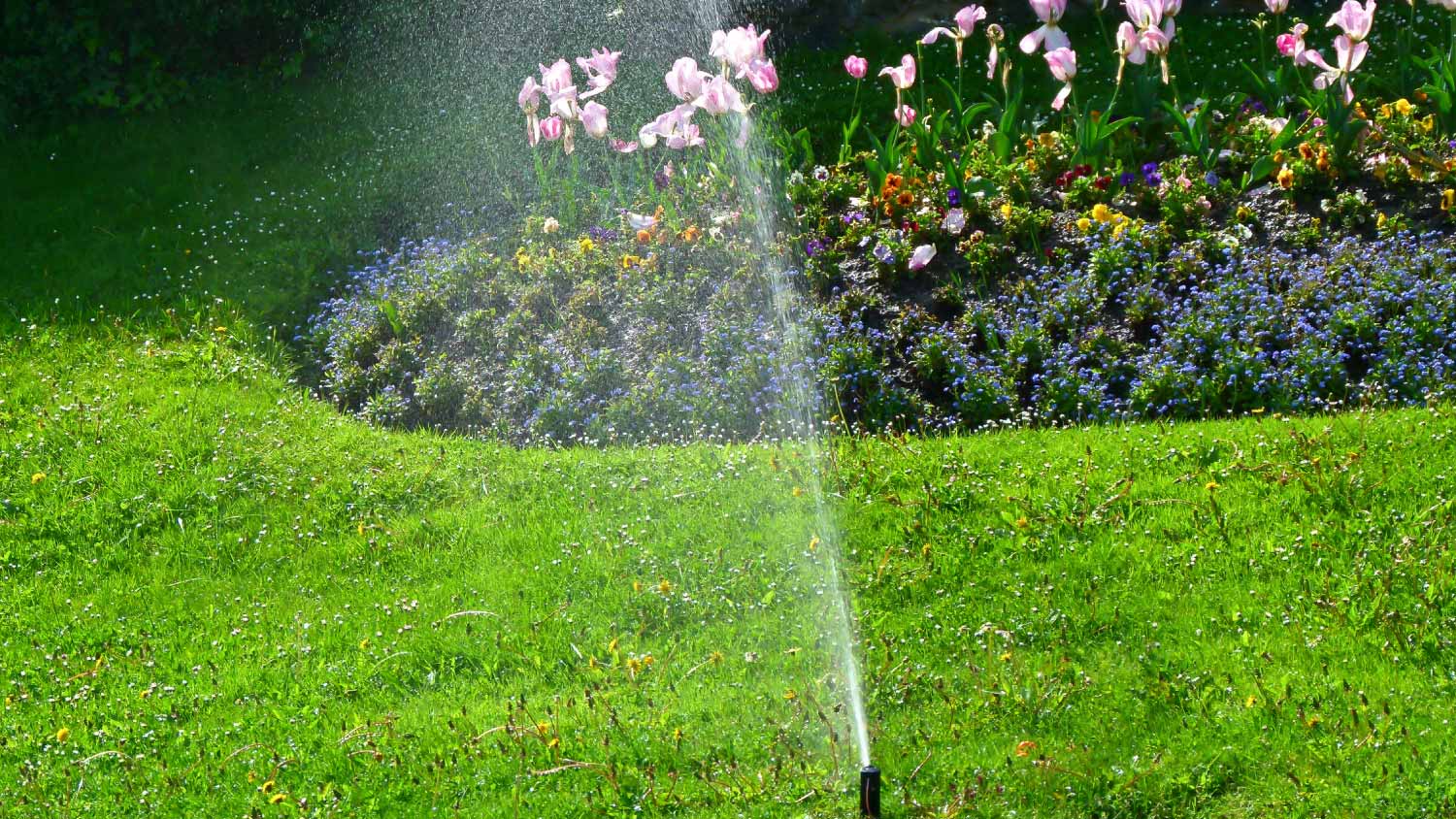More Than Just a Pipe: What to Know About Culverts, and How They Work
With culverts, it’s all water under the bridge


Culverts help prevent roadway or railway flooding.
Choosing the right type of culvert depends on numerous factors.
Culvert materials need to be strong enough to support heavy loads.
You’re driving along a scenic, hilly landscape when you notice what looks like a concrete bridge along a ditch.You might wonder what these strange little tunnels are. They’ve called culverts and they’re designed to keep you safe on your travels. Whether you’re just curious about these structures or you need to hire a professional excavator to repair a culvert that diverts water onto your property, here’s what to know.
What Is a Culvert?
A culvert is a type of tunnel that is built beneath a road or railway to allow water to flow below these paths, rather than on them. Culverts may also be used to protect cables that run from one side of a roadway or railroad to another. These structures act as little bridges enclosed in soil that prevent water from flooding pathways while also allowing vehicles to pass overhead. These tunnels keep motorists safe and help maintain roads for longer by minimizing erosion.
Types of Culverts

There’s no one-size-fits-all solution when it comes to culverts. Each landscape can differ slightly based on the height of the roadway, the water surface elevation, the direction of water flow, and more, which means engineers may need to consider several different factors to choose the best type of culvert for a project.
Pipe Culverts
One of the most common types of culverts is the pipe culvert, which have one or multiple round tunnels and typically range in diameter from about 3 feet to over 19 feet. Pipe culverts are useful for small or large water flows.
Arch Culverts
Arch culverts are similar to pipe culverts, except instead of being perfectly round tunnels, these structures have a floor or base, and the upper part resembles semi-circles. These are best suited for narrow projects, but they can be expensive to build.
Pipe Arch Culverts
Pipe arch culverts do not have a base or floor like arch culverts, but they are similar in appearance with a semi-circle shape. This type of culvert is ideal for large water flows and even allows fish or water debris to pass through with ease.
Box Culverts
For lower water flows and slower traffic locations, box culverts can provide a flooding solution. These culverts have corners and a rectangular shape, so this design doesn’t work well for roadways with vehicles traveling at higher speeds each way. However, box culverts do effectively help drain rainwater in wet seasons, and during dry spells, wildlife can easily pass safely through the culvert rather than over roadways.
Best Materials for Culverts
Culverts need to be strong. They might need to carry the weight of multiple vehicles, pedestrians, or trains, and should be able to withstand erosion, so engineers use sturdy, long-lasting materials to build culverts. Common materials for culverts include metals, like steel or aluminum, concrete, or even plastic, or a composite of different materials.
Concrete
Concrete is the most common material for culverts, because it is strong enough to support heavy vehicles, plus it is less expensive than steel and is quick to install. Even if a culvert has metal tunnels, they may be surrounded by a concrete headwall to further reduce erosion and stabilize the culvert.
Steel
Steel offers support for large weight loads while also being pretty resistant to corrosion from water. Steel can also offer flexibility in shape and design to suit various different projects.
Structural steel plate: This type of steel is useful for box or arch culverts. It is highly corrosion-resistant and strong for heavy loads.
Corrugated steel pipe: Flexible corrugated steel pipes work well for rounded pipe culverts.
Aluminum
Aluminum is sometimes used for box culverts, and its primary benefit is that this is a lightweight material that doesn’t sacrifice strength. It works best for small culverts, and aluminum is typically quick and easy to install.
Plastic
Culverts need to withstand the elements, particularly water, and plastic, specifically high-density polyethylene (HDPE) is good for doing just that. This material is strong, so it can support heavy loads above while also withstanding corrosion or erosion from water flowing through. HDPE is also highly resistant to impact and pest damage. Plastic is flexible and works well for rounded pipe culverts.
The Importance of a Culvert
Culverts help prevent flooding and related erosion, and you’ve probably seen many culverts if you live in a particularly hilly location. These structures help water flow below roadways or railways rather than the water rising over the roadway. Some culverts also help protect electrical cables that need to run from one side of a roadway or railway to another.
Culvert Locations and Installation
To minimize flooding over important pathways, culverts are installed under roadways or railroad tracks. As such, culverts need to be strong enough to support heavy vehicles. When constructed under roadways, culverts should be placed perpendicular to the road. Culverts should help water flow efficiently, and they should be designed in a way that doesn’t disturb wildlife crossings.





- Who Repairs Culvert Issues?
- 5 Driveway Culvert Replacement Tips
- 6 Temporary Fixes for Leaking Pipes
- 10 Most Common Plumbing Problems Every Homeowner Should Know
- 7 Ways to Fix a Copper Pipe Leak: Temporary and Long-Term Solutions
- How to Choose a Water Line Size From Your Well to Your House
- What's the Difference Between Well Water and City Water?
- What Does Water Damage Look Like? Key Warning Signs
- What Is Well Water? Everything You Need To Know
- 4 Reasons to Turn off Your Water Before a Long Vacation










